Country: Barbandos
Land of the Gonnhirrim, The dwarven Stonelords
Population: unknown to man.Ruler: High King Durin Stonebeard VIII, son of Balen.
Capitol: Aldamar, Throne City
The name Aldamar (Heart of the Earth) was given by the Elendar (Star elves) to the enormous dwarven underground complex below Barbandos. The layout is comprised of a vast network of tunnels, chambers, mines and huge halls or 'mansions', which runs under and through the mountains of Barbandos. The city Aldamar is the centre of dwarven industry, economy, military and strategical power. Lost dwarven cities: Issakaz Taalomar (The Frozen Forge), Khazad Khro´nerroth (The Ashen Forge, located somewhere in the island continent of Tharstellding), tûm-Ul Zirak (Hall of the silver spikes, somewhere in the Southwest lands of Barbandos). Races: Dwarves, and the occasionally hand-picked non-dwarven visitors. Population in capitol: unknown to man Rest of the dwarven population is spread throughout the different dwarven holds, villages or other colossal fortresses. The only presence of humans are hand-picked individuals viewed as honorable, even by dwarven standards. Being the wealthiest and most successful merchants of the entire eastern Kingdom also helps, meaning they usually master and understand trade and diplomacy. Together they manage trade deals, import and export businesses, and the politics revolving around the borderlines.Major Factions:
The Stonebeard High Counsil of Three Hammers
Left: Prince Kurin Stonebeard IX, middle: Crown Prince Tharik Stonebeard IX, Right: Princess Astrid Stonebeard IX, youngest among her two brothers.Animal life:
The landscape of Barbandos are many yards above waterlevel. This makes the area seem like the high Alps in the west. One of the animals found here are the rare chamoix, the marmot and the fallow deer. Great wyverns nest in the mountains and have served as mounts to the greenskins in centuries. Dwarves actively hunt wyverns and are viewed as poisonous pests. Primal Dragons also inhabit the mountains. Bassilisks are one of the biggest dangers in the underdark, not to mention the underdark abominations lurking in the deep.Sea life:
In the north are the giant tortoise with fangs, teeth and feared horns sprouting from their heads. Giant seahorses live quite deep within the marvelous coral reefs. The great white shark live here as well. As dwarves prefer red meat and hunt in the mountains, there is almost endless streams of small fish along the coast.Landscape:
Mostly pinetrees and birch. High mountaintops and deep valleys with little grass and dirtfields, mostly rock. Barbandos is poorly suited to agriculture in many regions.Politics and history
The Fall of Aldamaar in the 2nd age, age of elves:
Aldamar was once taken by dark elves and black orcs that came from the underdark from the west. Accompanied by horrors of the deep they sundered the gates of Aldamar and invaded the dwarven realm. For nearly a thousand years Aldamar was known as Darmurgia, "Black Chasm" or "Black Pit", from Sindarin (Darmor="black" and Urgiâ="void), abyss, pit". In the third age Durin Stonebeard I attacked the western border and slew the Black Orc Commander residing there. From the Black Orc Durin took back the dwarven weapon of legacy known as "Kurnbaruk Ald Taulmarr Durnithrirr" (The Waraxe of Volcanic Forge Lords Durnithrirr). With the ancestral relic Durnithrirr, Durin Stonebeard I created and converted all of his clansmen into runesmiths, who were immune to the destructive powers of the ancient dwarven waraxe. They all shaved their hair and beards in shame of loosing the dwarven capital, calling themselves Sharb Carach (The Bald Slayers). They launched an assault on the lost city of Aldamar with powerful wards, runes and dwarven wondrous items. After a campaign that lasted several years they vanquished the evil presence there and drove out the remaining dark elves and greenskins, reclaimed their ancient capital and ancestral home. Everyone with fullgrown beards again. Today the forges of Kaglemros burn brightly under the watchful eyes of the Runesmiths.The honored Sharb Carach (The Bald Slayers):
The celebration of those who fell at the assault to retake Aldamar is held each year and lasts a month. For one day and night the braziers in the Hall of Kings are lit to honor them. The dwarven clans gather up and drink, eat and sing in the lower levels of Durins I Hall. The dwarves has since then defended their borders in the name of Durin I´s kin, The Stonelords, Sigin-tarâg in their dwarven tongue. Other powerful clans have risen over the centuries which has spread throughout the western and eastern continents, originally eight clans in all.The dwarven city layouts:
Dwarves reside mainly in the hills and deepin their mountains where they defend their strongholds. Their empire run as a series of holds throughout the mountain ranges joined by tunnels. Since the "greenskin wars" some strongholds have fallen, and the tunnel-ways lost so the strongholds are more isolated. The loss of the holds has been attributed to Orcs and other Greenskins like goblins and hobgoblins. There are several shut gates streacthing through all of the underdark within the dwarven borders. With the purpose to deny travellers free access, making sure none enter and roam around freely.Renowned dwarven fortresses:
There is a reputed "lost" hold in The Southwest lands beyond Barbandos, tûm-Ul Zirak (Hall of the silver spikes), where the orcs supposedly breed primal dragons. The Dwarves to the north have been isolated for many centuries and become less civilized. The largest hold there is ancient Karak Durak. Some dwarves have settled in the human nations of The New World; particularly The Griffin Empire of Eldorin where the dwarvess crafting skills are appreciated and their secrets respected. Some even serve in the Imperial armies of House Eldorin who reveres the dwarves´s sense of honor and justice. There are many important holds in the dwarven kingdom. Only one dwarf hold - NanBarak Vanarr - is situated at the sea - where the Dwarven sea fleet is based. It is an upside-down tower which is said to go as deep as the underdepths.The dwarven language Khuzdûl
Kept a secret from outsiders. Only their closest of outsider allies are allowed to learn some words. But their written language, Cirth, are their most guarded national treasure, as it ensures no one can read anything ever written by dwarves in Aldamar or throughout Barbandos, to keep their secrets in the dark and far away from the greedy grasps of men and non-dwarves. Outsiders: SKill point: 1 = The listener can understand about 30% of the dwarven spoken tongue, and have a language skill level of [Broken]. Which means they can speak some words but are mostly unable to speak in full sentences. For other languages the skill level progress to [accented] and at an expert level [fluent]. These skills levels for Khuzdûl, except the first [broken] level, is unobtainable for outsiders. The written rune language Cirth is also prohibited. The dwarves´s secret sign language is ONLY taught from parent to child.Economy
The dwarves of Barbandos sustain themselves with food and supplies underground. They buy and import food and goods (such as wood) from neighouring countries as they cant easily get hold of desired type of food and timber. They mine and melt gold, silver, Mithril, Cold Iron, process Blue Ice and craft items with the mythical quality Dwarven. The dwarves excercise a heavy mercantilistic policy (mercantilism).The great forges at the molten core melt, refine or work minerals and metals:
Granite->platina-nickel->Cobalt Red crystal->diamond->Topaz->Quartz->several types of gemstones (rare) Red powder->sulfur->black powder->black sand->charcoal Bronze->Iron->steel->gold->white gold->silver->Mithril->copper->mercury->hematite->gromril-> Pyrite blacksmithing->armory/weapons->tools->Exotic Firearms->Bullets->dwarven engineering and designsServices:
They sell their services and crafts to outsiders and sometimes their indept knowledge about mining and dwarven engineering, if offered enough gold to satisfy their greed of course. Usually they sell completed crafted weapons for the buyers to use, but whithout including the knowledge of how they are made or what makes the creations work (See the Vurgan and Sky mines).Runesmithing:
Runesmithing is quite popular to outsiders, but expensive. Same with gunsmithing. The dwarves usually trade minerals with Eboracum since they have uniqe minerals only located in their region, such as Orthoclase. From the seafortress NanBarak Vanarr they buy Volcanogenic massive sulfide for their underground projects and salpeter from the gnomish alchemists located at the Isle of Fu.Economic status in Aldamar:
The economy is quite strong and independentOrganized magic
Magic in its usual forms is distrusted, and even loathed by a great many of the Dwarfen population. The general consensus is that magic is too erratic and volatile to fool around with, let alone rely on in battle. However, Dwarves do place considerable emphasis on embedding magic within certain items e.g. axes, hammers, shields, and armour suits through Runesmithing (in the same manner other races create talismans), keeping magic controlled.Dwarven quality of items:
The dwarven ways is to harness the strenght of the earth and power of the molten core through runesmithing. They craft and forge items utilizing their deepest master craftsman secrets to perfect any item, defined with the Dwarven quality trait (Dwarven Hammer etc.). Runesmiths can use gold as material components by their knowledge of drawing out the primal power from the earthen metal. The earthen primal powers run deep within the enchanted item, and takes more effort to dissenchant or destroy. Dwarves pride themselves in possessong the ability to craft magic items with several enchantments in one item. The magic is so compressed and strong that even an anti-magic field requires time to quench the magical essense within. Items with the Dwarven quality can be enchanted with +3, +4 or +5 by a runesmith. The oldest of elves are rumored to be able to cast strong enchantments on dwarven items as well.Dwarven runeforged item creation effect:
Runeforged = Enchanted item lasts 1d4 rounds longer within a anti-magic field. And counts as an extra +2 when it comes to calculate hit points and hardness of the item. (Magic weapons: Hardness and Hit Points: Each +1 of a magic weapon’s enhancement bonus adds +2 to its hardness and +10 to its hit points.) +2000 gp cost.The Grand Forge Kaglemros
Kaglemros means "forger of many weapons" in the dwarven tongue. It is located in the deepest parts of Aldamar where the greatest runesmiths reside. There the dwarves practice and perfect their art and craftsmanship. To enter the grand forge one must pass the first gate and cross the bridge that leads to the second gate. It is said to be so hot in the presence of the molten rivers that regular clothing catch on fire. The runesmiths on the other hand seems unbothered by the volcanic heat.The mausoleum of the noble dead
Not far away the dwarven catacombs can be found. To the dwarven people the catacombs is known as "The blood of the mountain". It is the dream of every dwarf – whether King of the Mountain Home or lowly peasant – to sleep in the blood of the Mountain forever.Military defensive/offensive force, siege weapons:
Capital defensive strength: IncredibleThe Dwarven Army ranks:
- High Warlord (reserved for those in charge of border cities and undercities)
- Battle Lord/Thane.
- Defender of the Forge.
- Commander.
- Forge-Captain.
- Captain.
- Lieutenant.
- Sergeant.
- Soldier.
Allies
The only allies they are known to have is the dwarven hold NanBarak Vanarr located in the North sea, other than that they easily shut their gates to the underground strongholds to keep unwanted visitors out. The dwarven hold Karak Durak to the North answer to no one but them selves. The dwarves do tend to be friendlier towards residents of the Griffin Empire.The lands:
The few forts located across Barbandos has the same standard as Aldamar, but there are villages spread throughout the mountain and forests without any specific fortifications. The smaller dwarven mines usually look like tightly closed bunkers of stone. Some are populated, but mostly abandoned.Dwarven secret weapons:
Vurgan
The most innovative examples of Dwarven engineering by combining runesmithing, alchemy and dwarven design is the Vurgan (Furgan), the Flame Cannon, a massive flamethrower artillery piece with the capacity to destroy entire units. The Vurgan is brought to life empowered by harnessing the earthen molten core with runesmithing.Sky mine
Dwarves fill these 20-foot-diameter cloth balloons with a secret and highly flammable gas and then release them into the sky over their enemies. To transform the balloons into decoys, dwarven siege warriors place dummies in cargo baskets beneath the balloons to look like balloonist scouts or snipers. Whoever releases the balloon can attempt to guide the balloon out to a maximum range of 300 feet, a far enough distance for archers to safely shoot the balloon with flaming arrows, causing it to explode in a devastating ball of fire. A detonated sky mine creates a huge burst radius of flame that incinerates anything in the area.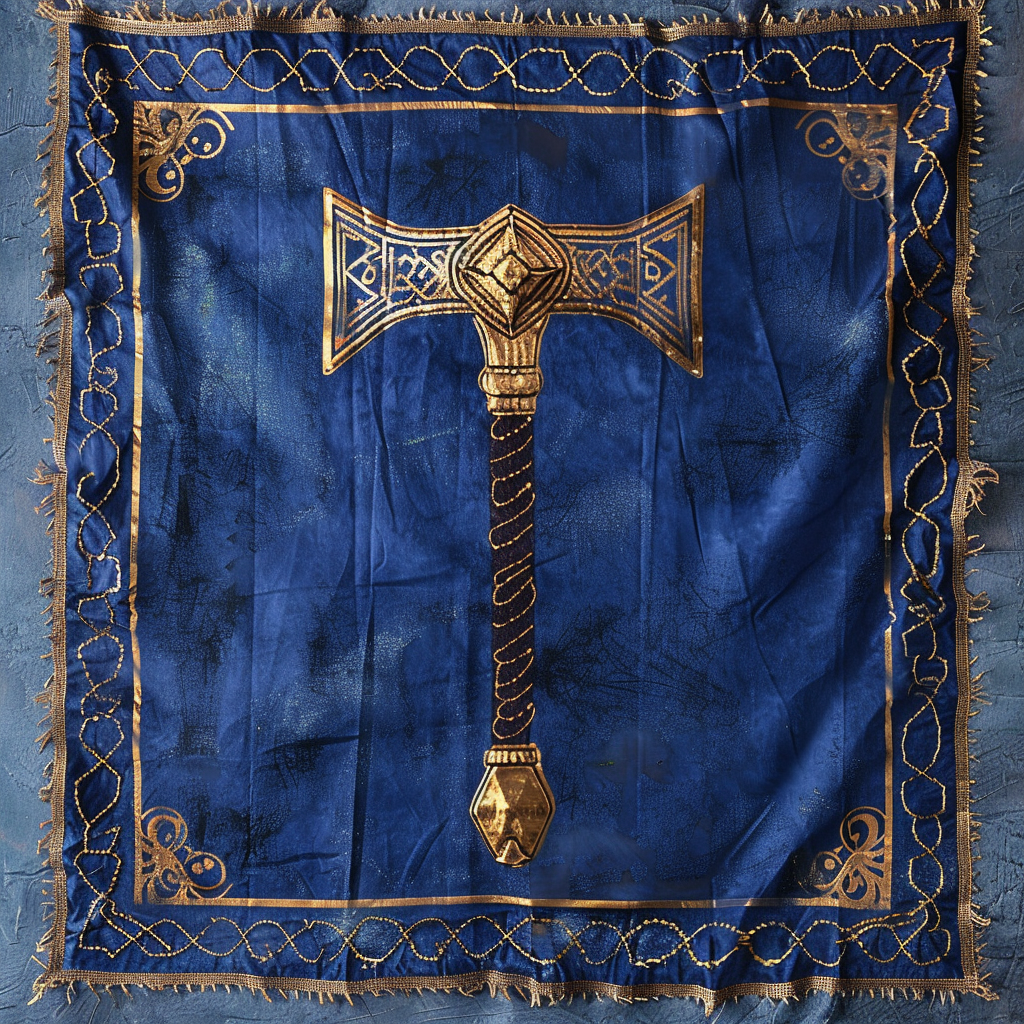
Hot forges and cold steel
Non-agression pact, Trade-agreement
Trade Agreement: Trustworthy / Medium.
Diplomatic relation: Indifferent (Improving).
History: The humans show the dwarves respect in their interractions and keeping professional, which sits well with the Stone-Lords. Eldorinians trade wood and surfaceworld leather in exchange for weapons and dwarven early firearms. They grant construction of digging sites and access to areas afflicted by Starfall within Eldorinian borders.
House Eldorin host a trading hub in their South-Eastern border to accommodate whatever needs the Stone-Lords might have in business-meetings and important deliveries. It used to be an old dwarven fort lost to Black Orc hands for centuries, and liberated by the crumbled Griffin Empire in a Crusade in 1121. The Eldorinian people gave the dwarves back their ancestral hold used for pilgrimage. In return the Stone-Lords allowed the humans to build a trade city on the surface and restore some of the ruined dwarven fortifications scattered around the city area. City was named Khazad-Urbar, which translates roughly to "Dwarf-hold Refuge" in the ancient Dwarven tongue. This name reflects both the city's origins as a reclaimed dwarven fort and its role as a sanctuary for trade and diplomacy between the Eldorinian humans and dwarves.
Non-agression pact, Trade-agreement
Trade Agreement Reliability Rating: Trustworthy / Medium. Diplomatic Rating: Indifferent (Stagnant).
History: Orianian nobility export exotic materials such as Blue Ice and giant tortoise meat and shells, and ship dwarven goods by sea to other nations at a lower rate than usual. They also grants construction of dwarven excavation sites near the source of their Blue Ice and areas afflicted by Starfall within their borders. In exchange the Stone-Lords sell the Orinian humans weapons and dwarven early firearms with a small discount.
The Stone-lords like the Orinion humans the most for staying geographically far away and keeping their nose in their own businesses.
Non-agression pact, Trade-agreement
Trade Agreement: Trustworthy / Medium. Diplomatic relation: Indifferent (Improving).
History: Only interacted through trade. The Zephyrians import high quality glass, alchemical flasks and herbs, and allowed the construction of dwarven excavation sites in their deserts, in search of their ancient tombs and Red Sand. They also grant the Stone-Lords access to their starstone and areas afflicted by Starfall within their borders.
Non-agression pact, Trade-agreement
Trade Agreement Reliability Rating: Trustworthy / Medium. Diplomatic Rating: Indifferent (Stagnant).
History: Eledarian nobility pay the dwarves well in gold to get their hands on weapons and dwarven early firearms. The Eledarian humans grants construction of dwarven excavation sites, and access to their starstone and areas afflicted by Starfall within their borders.
The Stone-Lords still like the Eledarian cocky bastards the least out of the human "tribes" as they call them. Animals with repeatedly broken lines of Kings.

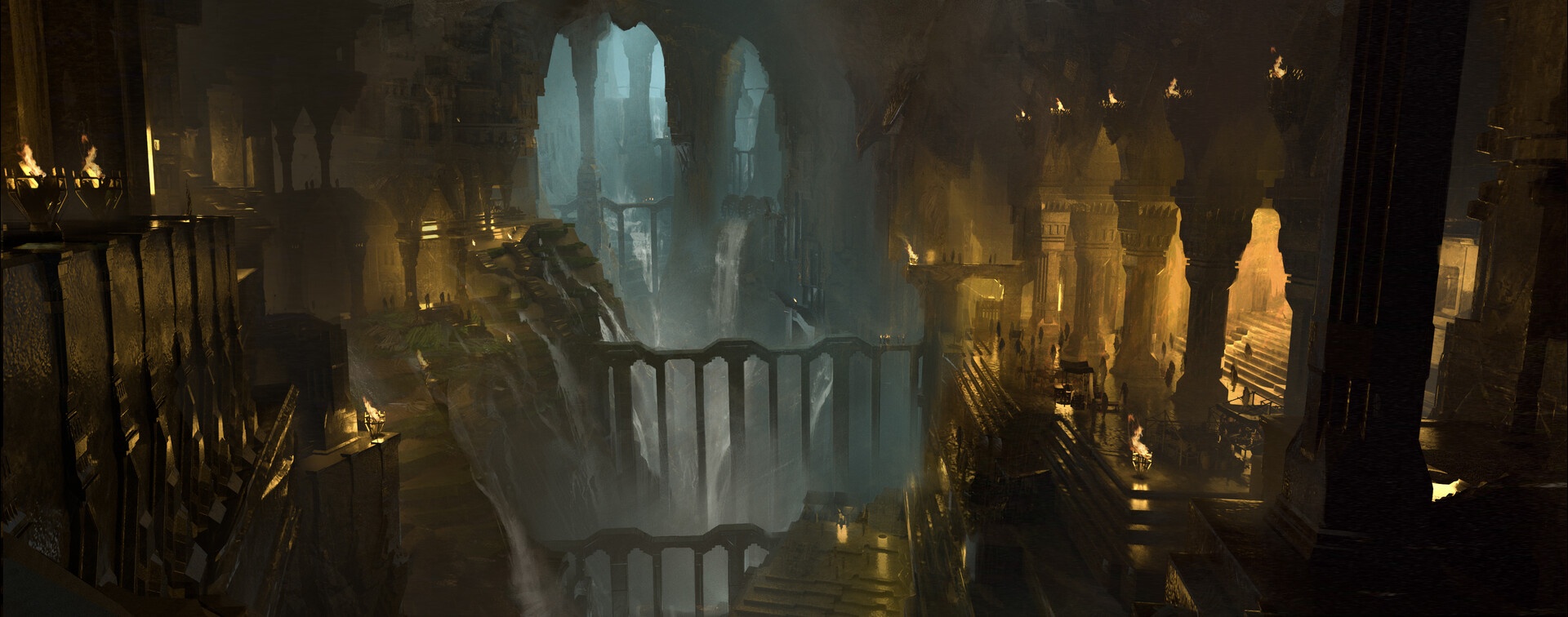
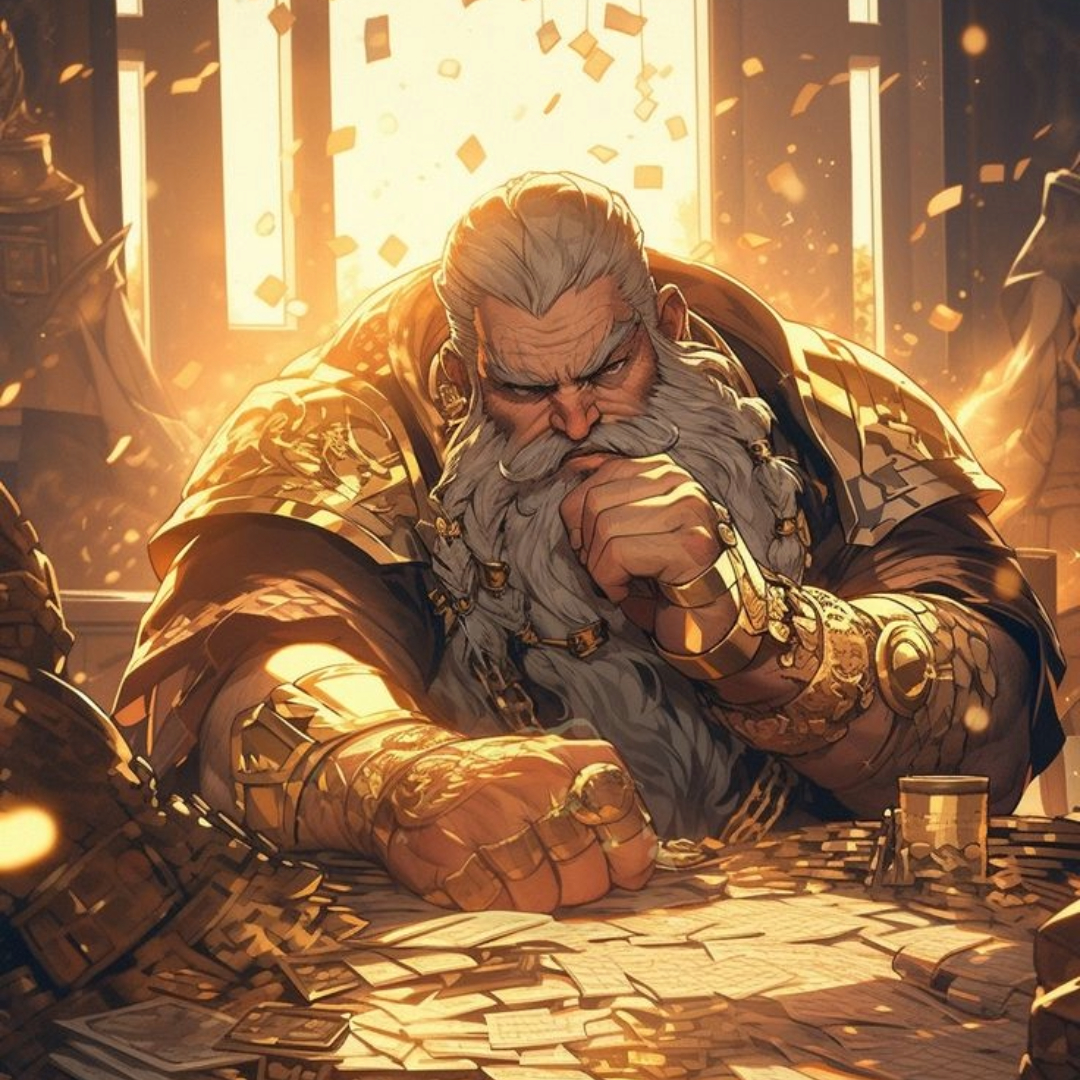
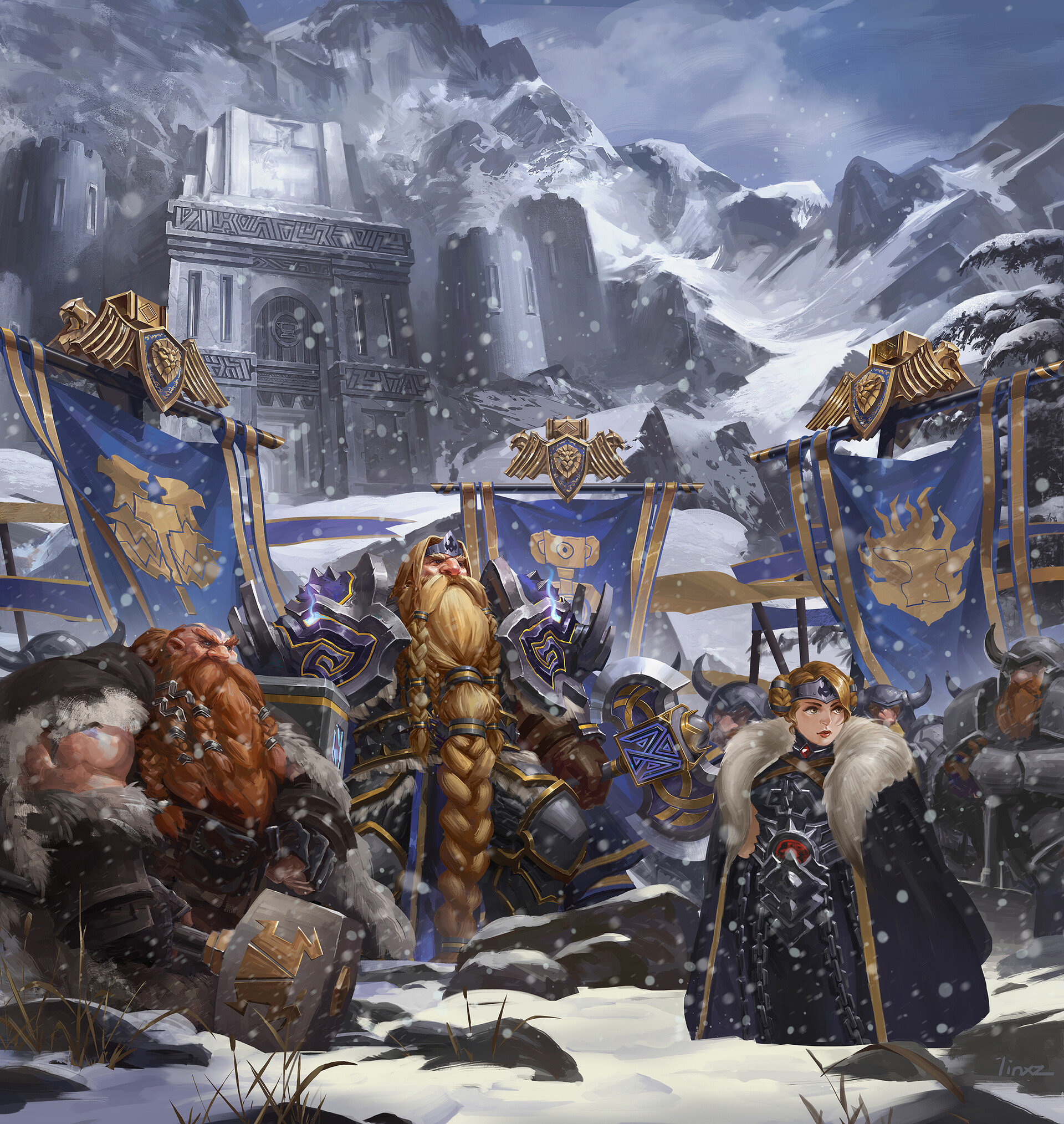
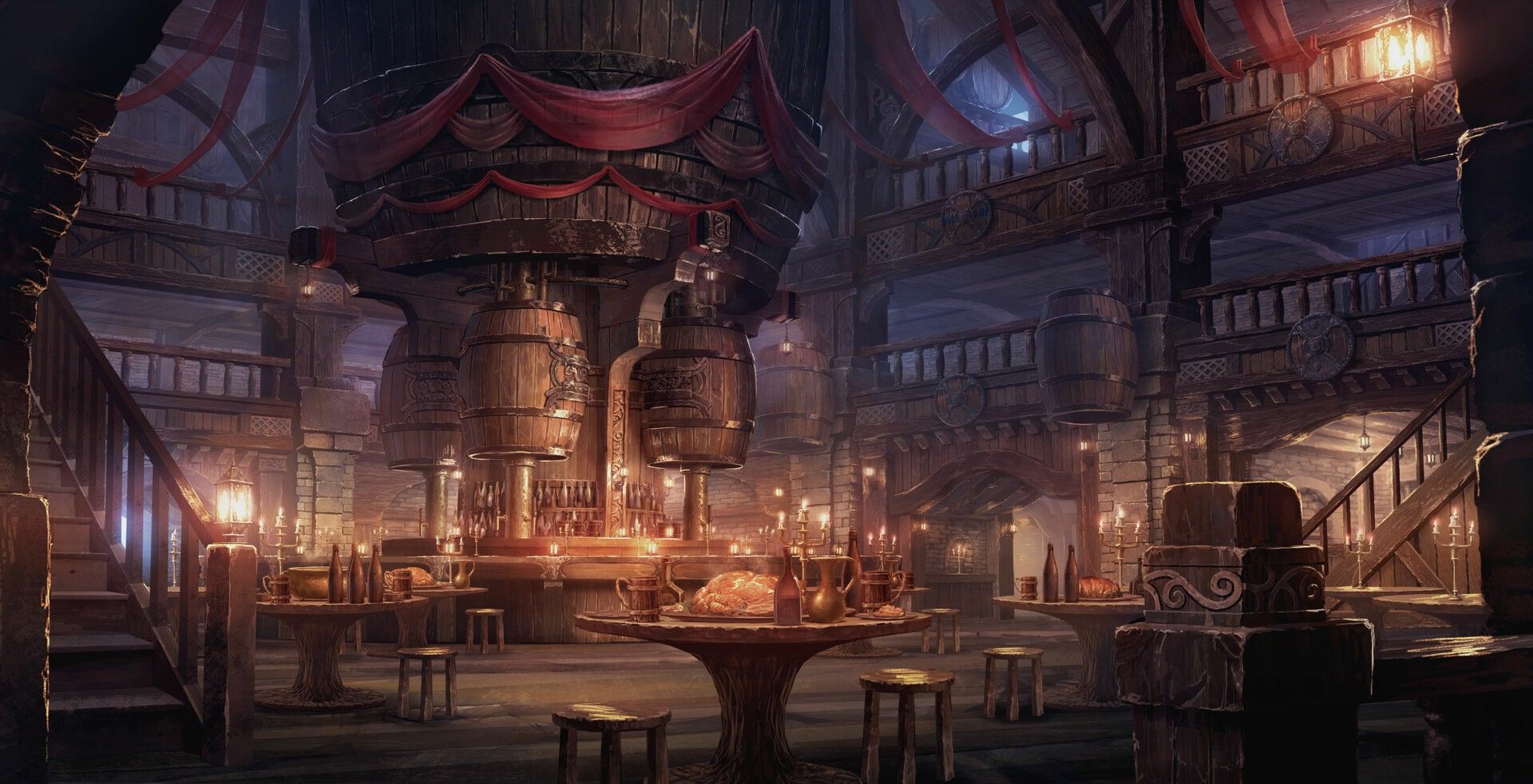


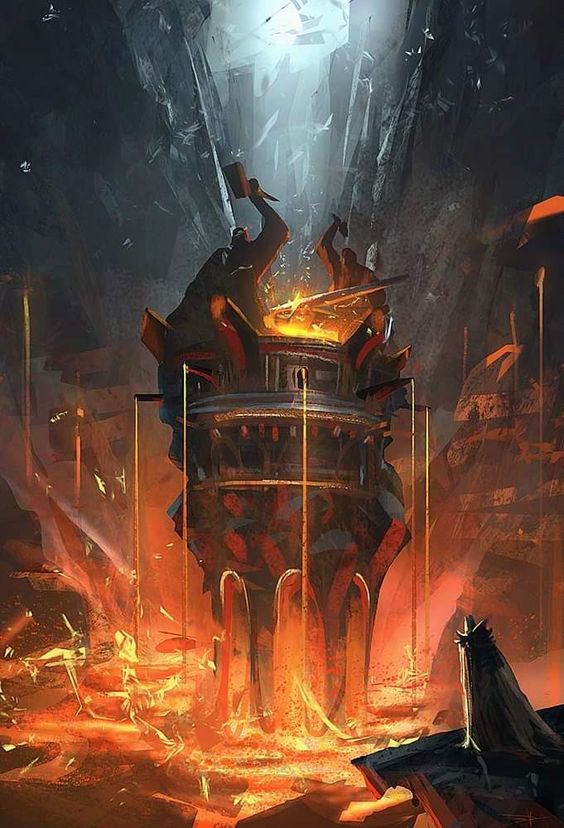




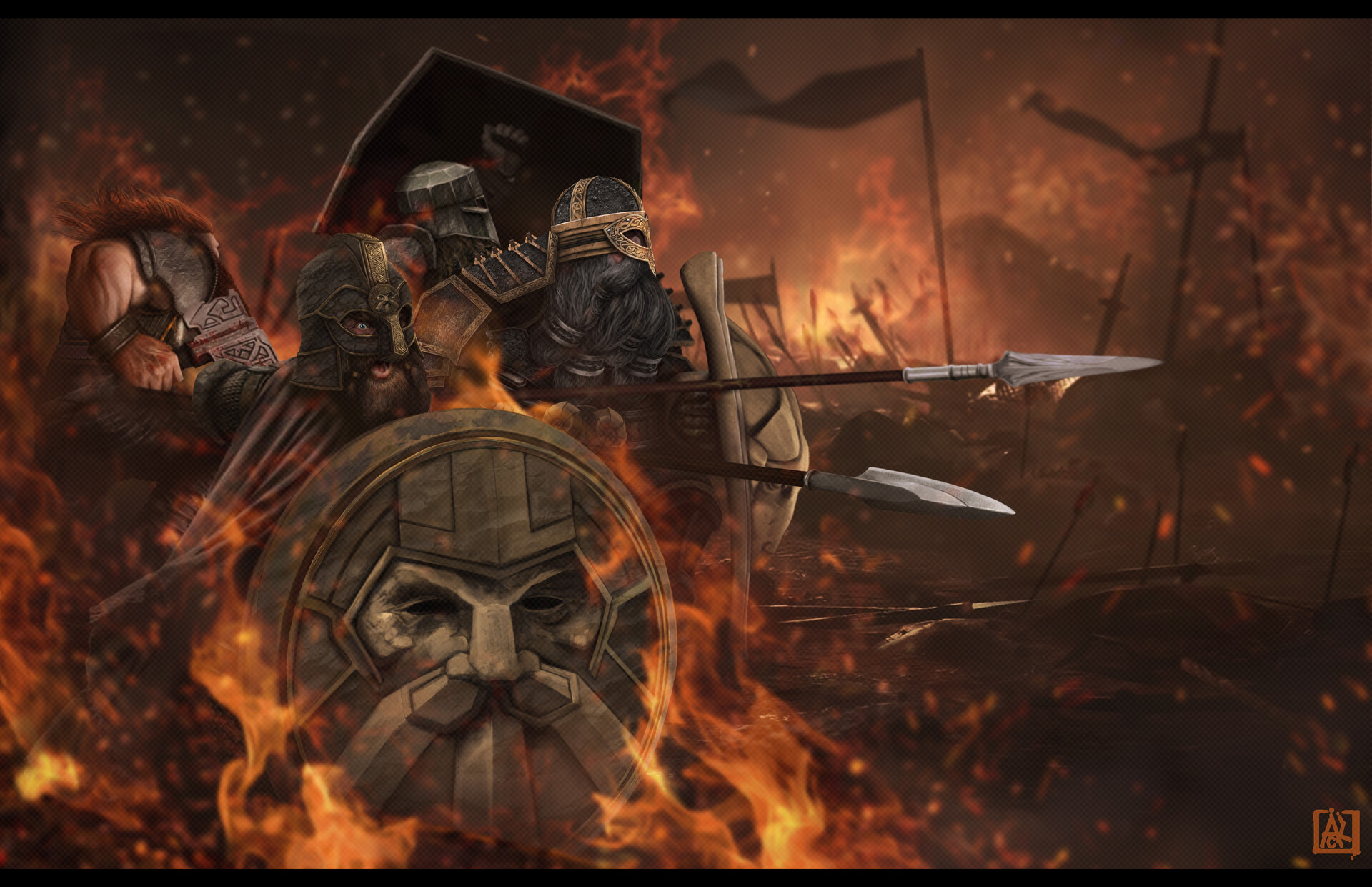

Comments